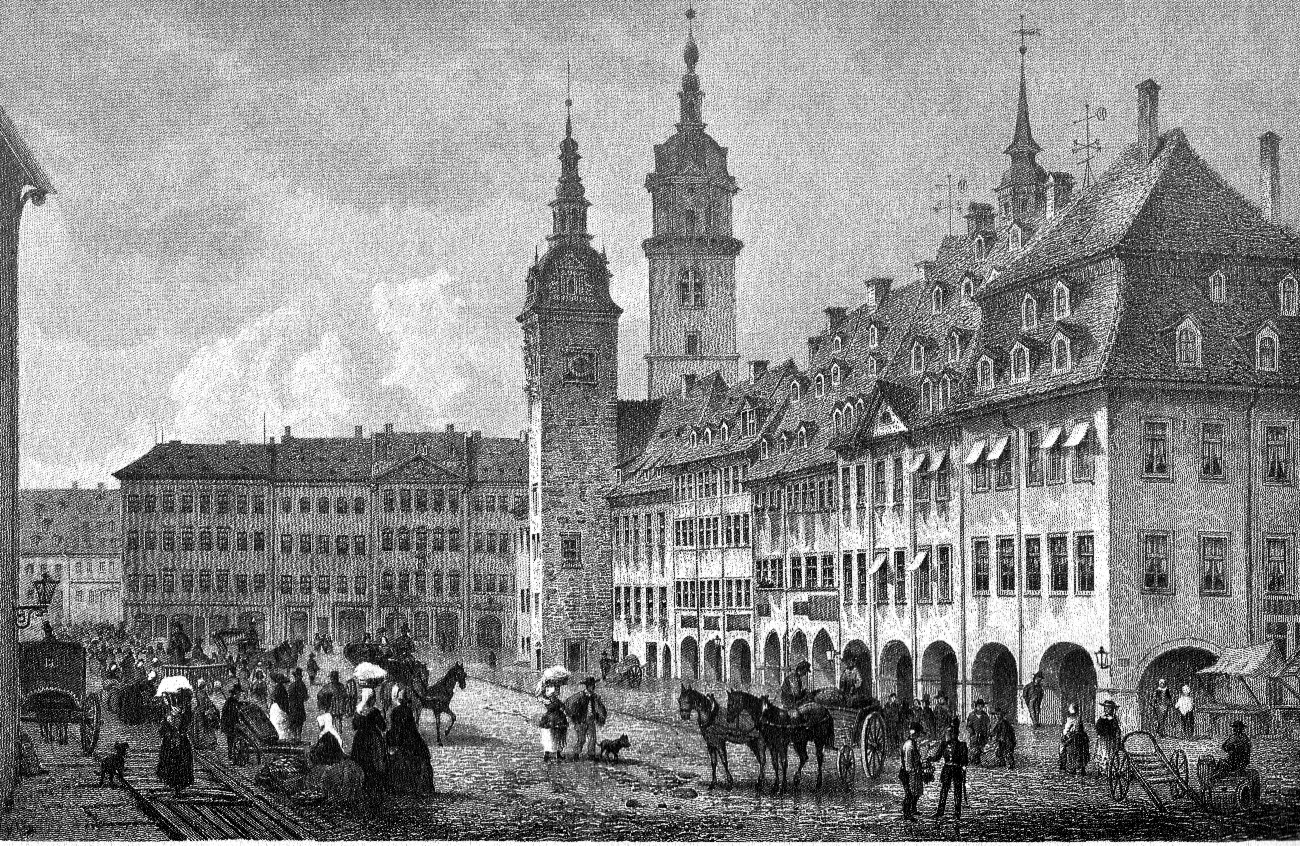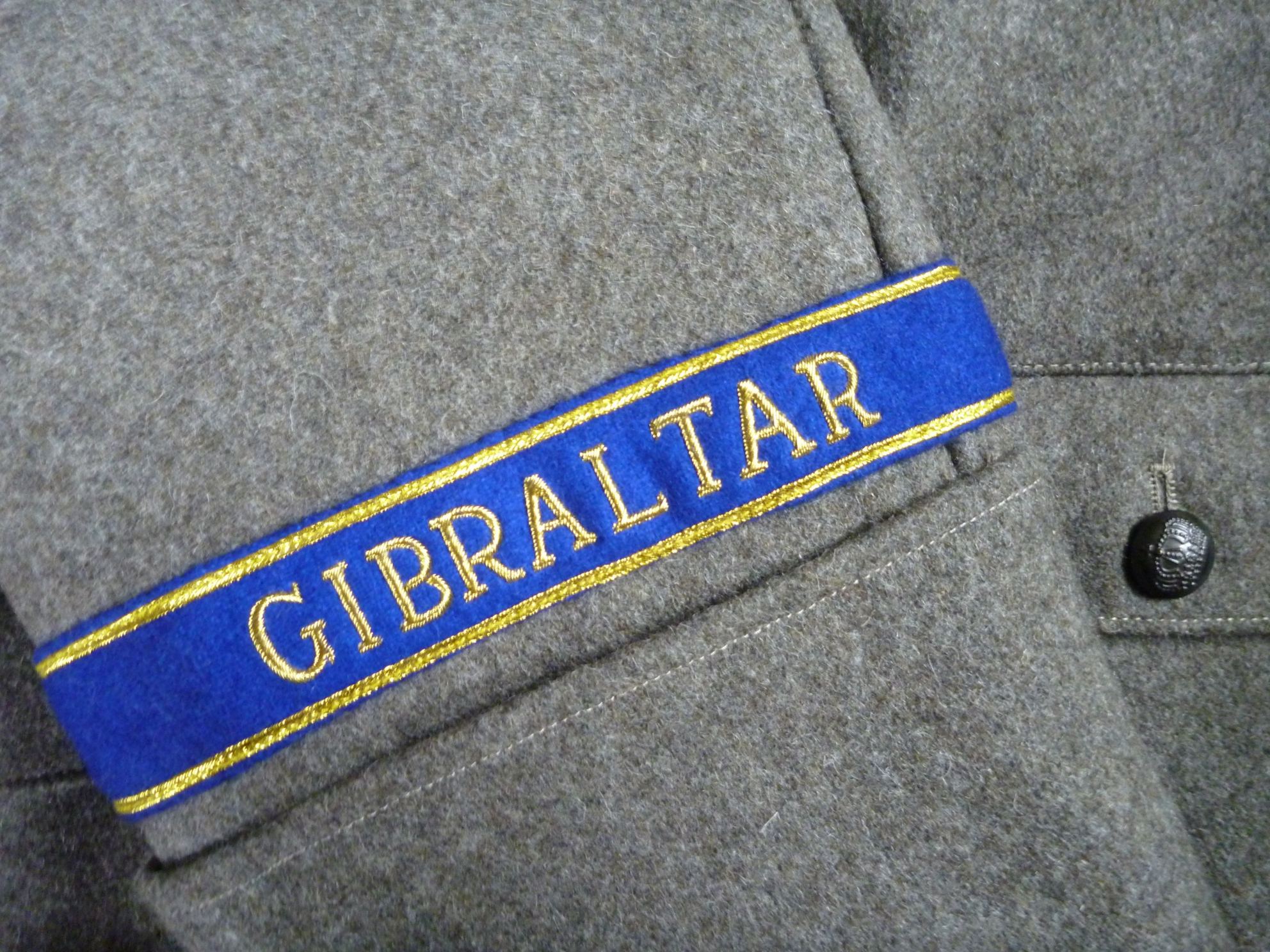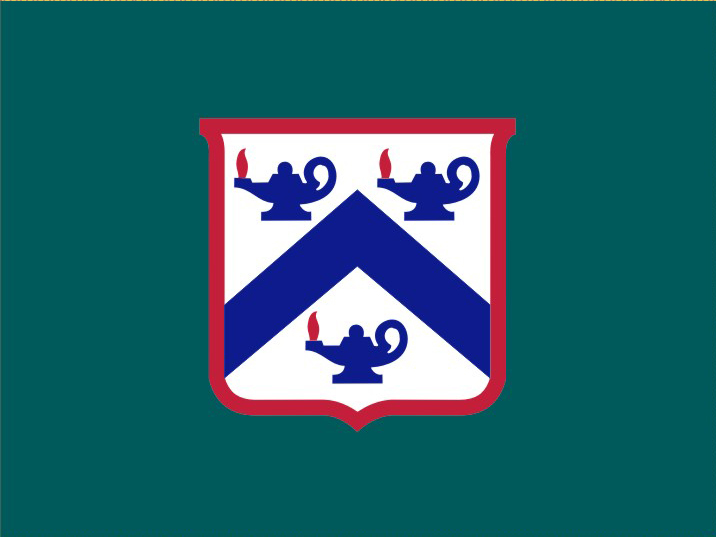|
The Forgotten Soldier
''The Forgotten Soldier'' (1965), originally published in French as ''Le soldat oublié'', is an account by Guy Sajer (pseudonym of Guy Mouminoux) of his experiences as a German soldier on the Eastern Front during World War II. With reference to the author's ambiguous relationship to war, the book has been called "the account of a disastrous love affair with war and with the army that, of all modern armies, most loved war", being written with the "admiration of a semi-outsider". The English edition was translated by Lily Emmet. Personal narrative Sajer wrote that ''The Forgotten Soldier'' was intended as a personal narrative, stressing the non-technical and anecdotal nature of his book. In a 1997 letter to US Army historian Douglas Nash, he stated that, "Apart from the emotions I brought out, I confess my numerous mistakes. That is why I would like that this book may not be used under nycircumstances as a strategic or chronological reference."Nash, Douglas E. "The Forgotten Soldi ... [...More Info...] [...Related Items...] OR: [Wikipedia] [Google] [Baidu] |
Guy Sajer
Guy Mouminoux (13 January 1927 – 11 January 2022), known by the pseudonym Guy Sajer, was a French writer and cartoonist who is best known as the author of the Second World War memoir ''Le Soldat Oublié'' (1965, translated as '' The Forgotten Soldier''), which recounts his experience serving in the Wehrmacht on the Eastern Front from 1942 to 1945, in the elite Großdeutschland Division. After the war, Mouminoux had a long career as a cartoonist, writing and illustrating under his real name, and also under the pen names Dimitri, and Dimitri Lahache. Early life Guy Mouminoux was born in Paris on 13 January 1927, the son of a French father and an Alsatian German mother whose maiden name was Sajer. He was raised in Alsace, which was effectively annexed by Germany in 1940 following the Fall of France. According to his autobiography '' The Forgotten Soldier'', Sajer joined the Wehrmacht in 1942, aged 16. "My parents were country people, born hundreds of miles apart, a distance fille ... [...More Info...] [...Related Items...] OR: [Wikipedia] [Google] [Baidu] |
Forgotten Soldier
''The Forgotten Soldier'' (1965), originally published in French as ''Le soldat oublié'', is an account by Guy Sajer (pseudonym of Guy Mouminoux) of his experiences as a German soldier on the Eastern Front during World War II. With reference to the author's ambiguous relationship to war, the book has been called "the account of a disastrous love affair with war and with the army that, of all modern armies, most loved war", being written with the "admiration of a semi-outsider". The English edition was translated by Lily Emmet. Personal narrative Sajer wrote that ''The Forgotten Soldier'' was intended as a personal narrative, stressing the non-technical and anecdotal nature of his book. In a 1997 letter to US Army historian Douglas Nash, he stated that, "Apart from the emotions I brought out, I confess my numerous mistakes. That is why I would like that this book may not be used under nycircumstances as a strategic or chronological reference."Nash, Douglas E. "The Forgotten Soldi ... [...More Info...] [...Related Items...] OR: [Wikipedia] [Google] [Baidu] |
Paul Verhoeven
Paul Verhoeven (; born 18 July 1938) is a Dutch director, producer and screenwriter, active in the Netherlands, France and the United States. His blending of graphic violence and sexual content with social satire is a trademark of both his drama and science fiction films. After receiving attention for the TV series '' Floris'' in his native Netherlands, Verhoeven got his film breakthrough with romantic drama ''Turkish Delight'' (1973), starring frequent collaborator Rutger Hauer. The film was nominated for Academy Award for Best Foreign Film and later received the award for Best Dutch Film of the Century at the Netherlands Film Festival. Verhoeven later directed successful Dutch films including the period drama '' Keetje Tippel'' (1975), the war film '' Soldier of Orange'' (1977), the teen drama '' Spetters'' (1980) and the psychological thriller '' The Fourth Man'' (1983). In 1985, Verhoeven made his first Hollywood film '' Flesh and Blood'' and later had a successful care ... [...More Info...] [...Related Items...] OR: [Wikipedia] [Google] [Baidu] |
Biography
A biography, or simply bio, is a detailed description of a person's life. It involves more than just the basic facts like education, work, relationships, and death; it portrays a person's experience of these life events. Unlike a profile or curriculum vitae (résumé), a biography presents a subject's life story, highlighting various aspects of their life, including intimate details of experience, and may include an analysis of the subject's personality. Biographical works are usually non-fiction, but fiction can also be used to portray a person's life. One in-depth form of biographical coverage is called legacy writing. Works in diverse media, from literature to film, form the genre known as biography. An authorized biography is written with the permission, cooperation, and at times, participation of a subject or a subject's heirs. An autobiography is written by the person themselves, sometimes with the assistance of a collaborator or ghostwriter. History At first, bio ... [...More Info...] [...Related Items...] OR: [Wikipedia] [Google] [Baidu] |
Graz, Austria
Graz (; sl, Gradec) is the capital city of the Austrian state of Styria and second-largest city in Austria after Vienna. As of 1 January 2021, it had a population of 331,562 (294,236 of whom had principal-residence status). In 2018, the population of the Graz larger urban zone (LUZ) stood at 652,654, based on principal-residence status. Graz is known as a college and university city, with four colleges and four universities. Combined, the city is home to more than 60,000 students. Its historic centre (''Altstadt'') is one of the best-preserved city centres in Central Europe. In 1999, the city's historic centre was added to the UNESCO list of World Heritage Sites and in 2010 the designation was expanded to include Eggenberg Palace (german: Schloss Eggenberg) on the western edge of the city. Graz was designated the Cultural Capital of Europe in 2003 and became a City of Culinary Delights in 2008. Etymology The name of the city, Graz, formerly spelled Gratz, most likely stems f ... [...More Info...] [...Related Items...] OR: [Wikipedia] [Google] [Baidu] |
Hans-Ulrich Rudel
Hans-Ulrich Rudel (2 July 1916 – 18 December 1982) was a German ground-attack pilot during World War II and a post-war neo-Nazi activist. The most decorated German pilot of the war and the only recipient of the Knight's Cross with Golden Oak Leaves, Swords, and Diamonds, Rudel was credited with the destruction of 519 tanks, one battleship, one cruiser, 70 landing craft and 150 artillery emplacements. He claimed 51 aerial victories and the destruction of more than 800 vehicles. He flew 2,530 ground-attack missions exclusively on the Eastern Front, usually flying the Junkers Ju 87 "Stuka" dive bomber. Rudel surrendered to US forces in 1945 and emigrated to Argentina. An unrepentant Nazi, he helped fugitives escape to Latin America and the Middle East, and sheltered Josef Mengele, the former SS doctor at Auschwitz. He worked as an arms dealer to several right-wing regimes in South America, for which he was placed under observation by the US Central Intelligence Agenc ... [...More Info...] [...Related Items...] OR: [Wikipedia] [Google] [Baidu] |
Chemnitz
Chemnitz (; from 1953 to 1990: Karl-Marx-Stadt , ) is the third-largest city in the German state of Saxony after Leipzig and Dresden. It is the 28th largest city of Germany as well as the fourth largest city in the area of former East Germany after ( East) Berlin, Leipzig and Dresden. The city is part of the Central German Metropolitan Region, and lies in the middle of a string of cities sitting in the densely populated northern foreland of the Elster and Ore Mountains, stretching from Plauen in the southwest via Zwickau, Chemnitz and Freiberg to Dresden in the northeast. Located in the Ore Mountain Basin, the city is surrounded by the Ore Mountains to the south and the Central Saxon Hill Country to the north. The city stands on the Chemnitz River (progression: ), which is formed through the confluence of the rivers Zwönitz and Würschnitz in the borough of Altchemnitz. The name of the city as well as the names of the rivers are of Slavic origin. Chemnitz is t ... [...More Info...] [...Related Items...] OR: [Wikipedia] [Google] [Baidu] |
Cuff Title
The cuff title (German: ''Ärmelstreifen'') is a form of commemorative or affiliation insignia placed on the sleeve, near the cuff, of German military and paramilitary uniforms. The tradition can be traced back to the foundation of the "Gibraltar" band, which was authorised in 1783 by King George III for regiments of the Electorate of Hanover. Cuff titles are often associated with the Second World War and units of the ''Waffen SS'' but were widely used by all branches of the German military, including paramilitary and civilian organizations. Description The base portion of a cuff title is made of either wool, cotton, rayon or a cotton/rayon mix. It is approximately 4 cm (1.6 inches) wide and bears a name or symbol that identifies the wearer belonging to a particular unit or has served in a specific campaign. Machine woven cuff titles became more common as the second world war progressed and newer titles were introduced. The colors of the fabric as well as the lettering ... [...More Info...] [...Related Items...] OR: [Wikipedia] [Google] [Baidu] |
Survivor Guilt
Survivor guilt (or survivor's guilt; also called survivor syndrome or survivor's syndrome and survivor disorder or survivor's disorder) is a mental condition that occurs when a person believes they have done something wrong by surviving a traumatic or tragic event when others could not. The experience and manifestation of survivor's guilt will depend on an individual's psychological profile. When the '' Diagnostic and Statistical Manual of Mental Disorders IV'' (DSM-IV) was published, survivor guilt was removed as a recognized specific diagnosis, and redefined as a significant symptom of post-traumatic stress disorder (PTSD). History Survivor guilt was first identified during the 1960s. Several therapists recognized similar if not identical conditions among Holocaust survivors. Similar signs and symptoms have been recognized in survivors of traumatic situations including combat, natural disasters, terrorist attacks, air-crashes and wide-ranging job layoffs. A variant form has b ... [...More Info...] [...Related Items...] OR: [Wikipedia] [Google] [Baidu] |
Military Review
The U.S. Army Combined Arms Center (USACAC) is located at Fort Leavenworth and provides leadership and supervision for leader development and professional military and civilian education; institutional and collective training; functional training; training support; battle command; doctrine; lessons learned and specified areas the Commanding General, United States Army Training and Doctrine Command (TRADOC) designates in order to serve as a catalyst for change and to support developing relevant and ready expeditionary land formations with campaign qualities in support of the joint force commander. Components Components (all based in Fort Leavenworth) are: *The Army University, which was created in 2015 and charged with directly integrating 70 separate U.S. Army Training and Doctrine Command (TRADOC) internal school programs under one university system while also synchronizing instruction with more than 100 additional TRADOC institutions. **Subcomponents include the U.S. Army Comm ... [...More Info...] [...Related Items...] OR: [Wikipedia] [Google] [Baidu] |
The New Republic
''The New Republic'' is an American magazine of commentary on politics, contemporary culture, and the arts. Founded in 1914 by several leaders of the progressive movement, it attempted to find a balance between "a liberalism centered in humanitarian and moral passion and one based in an ethos of scientific analysis". Through the 1980s and 1990s, the magazine incorporated elements of the Third Way and conservatism. In 2014, two years after Facebook co-founder Chris Hughes purchased the magazine, he ousted its editor and attempted to remake its format, operations, and partisan stances, provoking the resignation of the majority of its editors and writers. In early 2016, Hughes announced he was putting the magazine up for sale, indicating the need for "new vision and leadership". The magazine was sold in February 2016 to Win McCormack, under whom the publication has returned to a more progressive stance. A weekly or near-weekly for most of its history, the magazine currently ... [...More Info...] [...Related Items...] OR: [Wikipedia] [Google] [Baidu] |
The New Yorker
''The New Yorker'' is an American weekly magazine featuring journalism, commentary, criticism, essays, fiction, satire, cartoons, and poetry. Founded as a weekly in 1925, the magazine is published 47 times annually, with five of these issues covering two-week spans. Although its reviews and events listings often focus on the cultural life of New York City, ''The New Yorker'' has a wide audience outside New York and is read internationally. It is well known for its illustrated and often topical covers, its commentaries on popular culture and eccentric American culture, its attention to modern fiction by the inclusion of short stories and literary reviews, its rigorous fact checking and copy editing, its journalism on politics and social issues, and its single-panel cartoons sprinkled throughout each issue. Overview and history ''The New Yorker'' was founded by Harold Ross and his wife Jane Grant, a ''New York Times'' reporter, and debuted on February 21, 1925. Ros ... [...More Info...] [...Related Items...] OR: [Wikipedia] [Google] [Baidu] |








